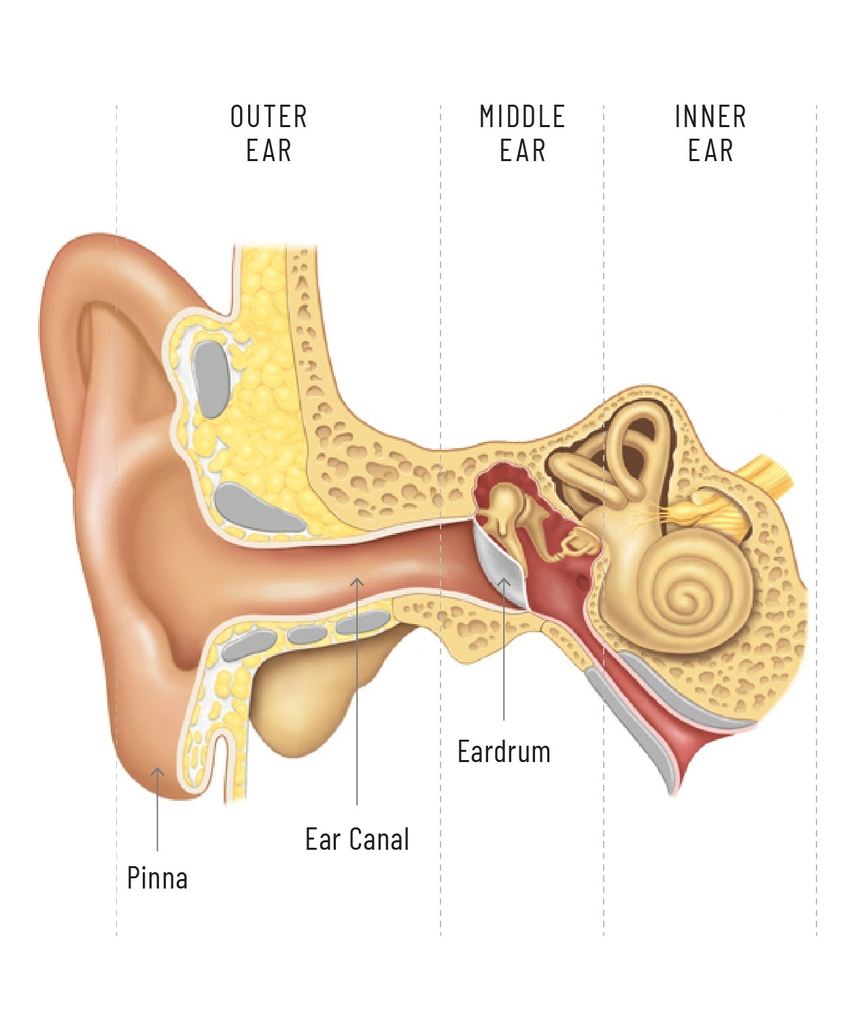Here And Now
Tinnitus Awareness Month Part 2 - Types of Tinnitus

Acute tinnitus is temporary and lasts for a short period of time falling into the Objective Tinnitus category. Chronic tinnitus is persistent and lasts for months or years, in most cases categorised as Subjective Tinnitus.
Low-level tinnitus is barely noticeable and does not significantly disrupt daily life.
Intrusive tinnitus is louder and more troublesome, often interfering with concentration, sleep, or overall quality of life.
Subjective Tinnitus
This is the most common type of tinnitus, resulting from issues within the auditory system, such as damage to the inner ear cells, hearing loss, or exposure to loud noise.
The individual hears sounds often described as ringing, buzzing, hissing, roaring, clicking, or chirping, varying in pitch and intensity.
Tonal Tinnitus
The most common type of tinnitus involves hearing continuous or intermittent high-pitched or low-pitched tones. It is often related to damage to specific parts of the inner ear or auditory pathways.
Noise Related Tinnitus
This is often caused by prolonged exposure to loud noises, such as machinery, concerts, or firearms. Sounds can be similar to white noise, hissing, or whooshing and may occur alongside hearing loss.
Objective Tinnitus
A rare type of tinnitus that can be heard by others, such as an audiologist during a hearing assessment. Objective tinnitus is typically caused by physical conditions, such as muscle spasms in the middle ear, abnormal blood flow (Pulsatile Tinnitus), or structural abnormalities in the ear. Objective tinnitus is often linked to medical conditions meaning in most cases it can be treated.
Pulsatile Tinnitus
This is characterised by a rhythmic sound in the head or ears that pulses in time with the individual’s heartbeat. This form of tinnitus usually occurs due to changes in blood flow or increased sensitivity to blood flow in the blood vessels near the ear.
Generalised Increased Blood Flow
This is where an individual has fast flowing blood which is louder than regular blood flow which occurs at a slower rate.
Increased blood flow occurs in the body during strenuous exercise or pregnancy, also occurring in individuals with severe anaemia or in individuals with an overactive thyroid gland.
Localised Increased Blood Flow
This is where blood flow is increased in a single blood vessel or group of blood vessels.
Tumours of the head and neck cause the development of abnormal blood vessels often resulting in pulsatile tinnitus.
Turbulent Blood Flow
The inside of a blood vessel can become irregular if hardening of the arteries takes place, this causes the blood flow to be turbulent rather than smooth which is noisy.
An audiologist can carry out various tests to identify any underlying causes. If a physical reason is found, addressing that cause can often help alleviate the symptoms of Pulsatile Tinnitus all together. At The Ear Place, we can help. Call into one of our practices today or enquire online to book a hearing assessment.